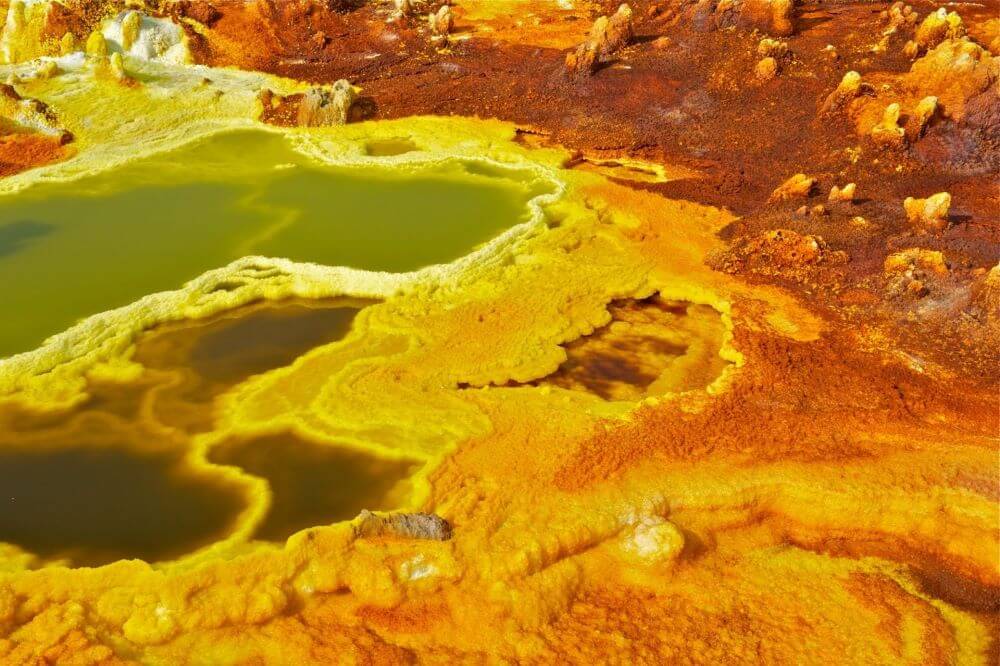Mining has always been a cornerstone of global industrial growth, providing sufficient resources for everything from construction to high-tech manufacturing. Legal operations contribute to economies and technological innovation. Meanwhile, illegal activity presents a very different reality — one that threatens ecosystems, endangers human lives, and undermines the rule of law. As the world goes smarter, satellite technology turns out to be a reasonable solution. Recent developments in satellite bus technology, like those featured on https://dragonflyaerospace.com/satellite-buses/, are helping overcome the dangers of illegal mining efficiently.
Illegal Mining Problem and Its Consequences
It is not a single-issue threat. Different types of illegal mining include small gold panning with toxic chemicals and large commercial operations that bypass legal regulations. They usually take place in separate zones like national parks, forest reserves, and even deserts.
The consequences can’t be underestimated. Mercury and cyanide used in illegal gold extraction pollute water reservoirs, destroy aquatic life, and threaten human health. It has become one of the main causes of deforestation in some regions. It disrupts the entire ecosystem and causes climate change. Illegal mining in the world also brings other issues to the surface, such as labour exploitation, child labour, violent crime, and human trafficking.
Satellite Data Usage in Modern Mining
The space industry has already begun transforming this sector. So how are satellites used in mining? High-resolution satellite imagery allows companies to assess terrain, identify mineral-rich zones, monitor environmental compliance, and even plan logistics. These tools reduce potential disruption and keep legal operations more efficient. But this same technology can also be used to detect and prevent illegal activity. Satellite imagery provides global coverage, even in the world’s most remote areas. The area observation in real time makes it easy to monitor possible changes that suggest illegal activities.
What Is a Satellite Bus?
To understand how this technology works, we need to take a closer look at the satellite bus — the central platform of any satellite mission. It serves as the foundation of mission-specific instruments, including cameras or sensors. The internal power, thermal control, navigation, and communication keep the satellite functional so that it can collect and transmit data effectively. The satellite bus technology is advancing rapidly, becoming more intelligent and energy efficient. This type of platform supports a large suite of instruments meant for monitoring the area and detecting possible anomalies associated with prohibited activity.
Detecting Illegal Mining from Orbit
So, how do satellite buses help expose illegal mining operations? It all comes down to the ability to detect even slight changes in the area, such as:
- Sudden vegetation loss. Illegal mining often involves rapid deforestation, easily detectable from space.
- Water discolouration. Mercury and cyanide used in unregulated mineral extraction pollute water sources.
- Ground disturbance. New excavation areas appear as disruptions in the terrain, visible through advanced satellite imagery.
Satellite buses for illegal mining make it possible to spot different anomalies. This change dramatically reduces the workload for human analysts and speeds up response times. In remote areas where prohibited activity used to be the case, satellites can now act as environmental sentinels round the clock.
The Future of Space-Based Monitoring
What are the applications of remote sensing in mining? What benefits do they have to offer us? The sheer volume of data generated by satellites is staggering. Without automation, it would be impossible to analyse it all in real time. This is why AI-powered satellite buses are changing the game today. These intelligent applications can generate accurate imagery by detecting possible patterns. For example, a sudden change in the area due to water contamination or vegetation loss should be a red flag for local authorities. This type of monitoring tool makes it economically viable, especially for countries with poor environmental enforcement infrastructure.
A Global Issue Demanding Global Solutions
Prohibited activity is more than an environmental issue — it’s a global crisis that impacts economics, security, and human rights. No single solution will solve it, but technology provides powerful tools to reduce the damage. Illegal mining problems and solutions need to be handled through satellite buses. This technology can help authorities detect, document, and deter illegal activities before they cause immense harm.
Mining’s role in the economy grows — but without sustainable practices, environmental and social harm will continue. What steps are taken to mitigate the effects of illegal mining? More industry players now advocate for responsible operations that reduce carbon footprints and support local communities. They insist on stopping illegal operations by addressing underlying social issues, rehabilitating damaged land with modern techniques, and using eco-friendly equipment. They also suggest supporting local economies beyond mining and adopting lower-impact extraction methods. What do you think about these efforts? Will they help preserve our ecosystem?

















